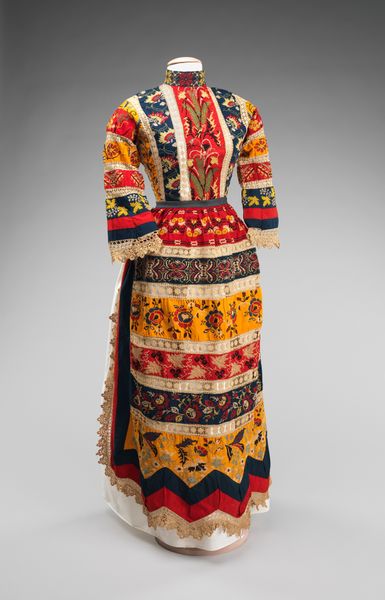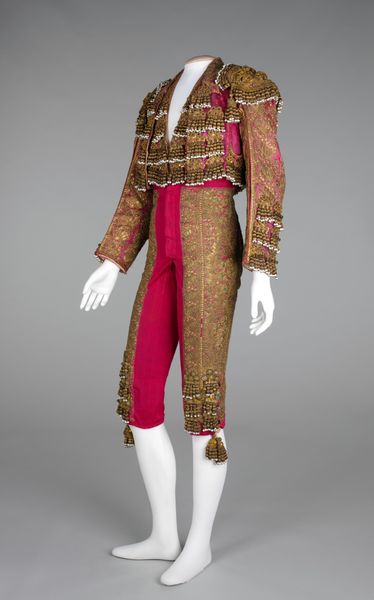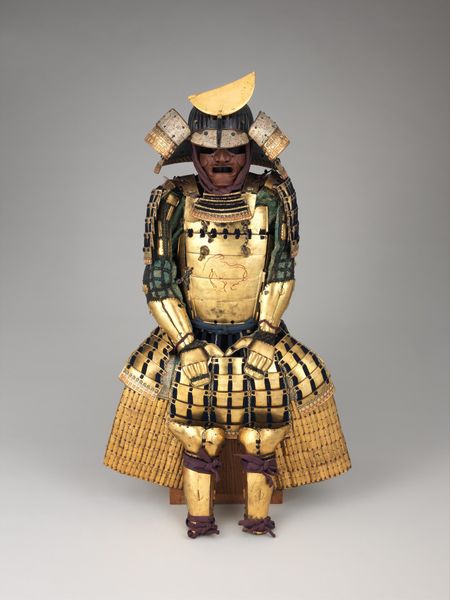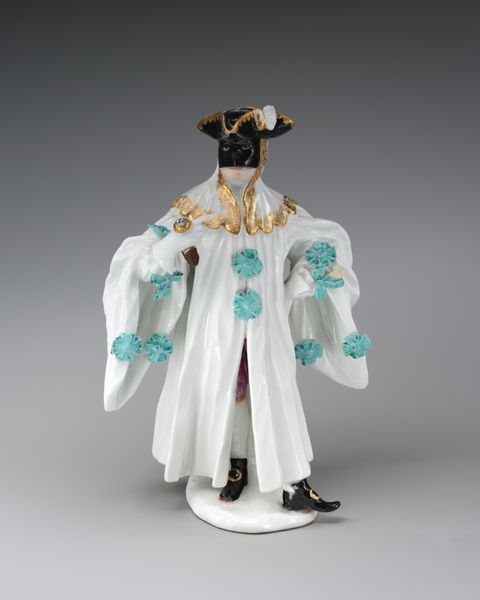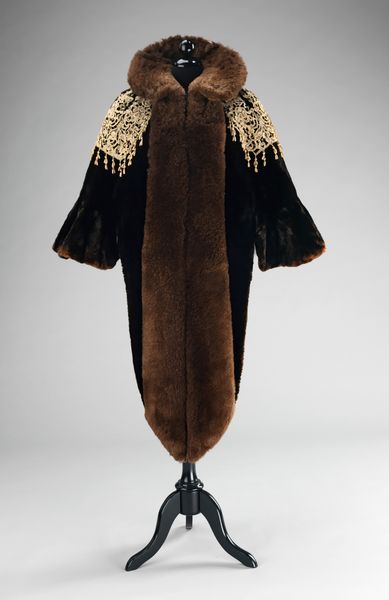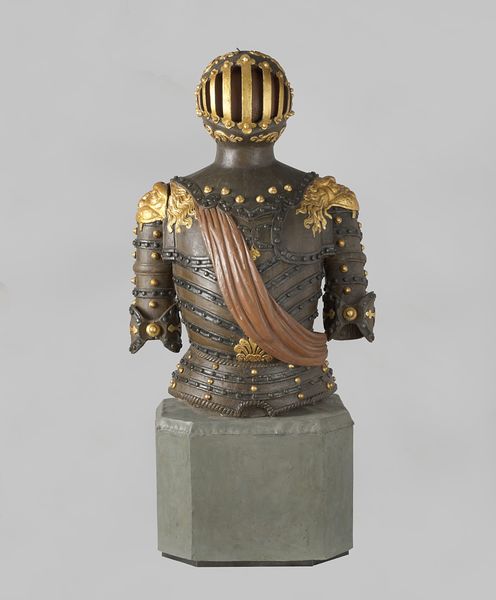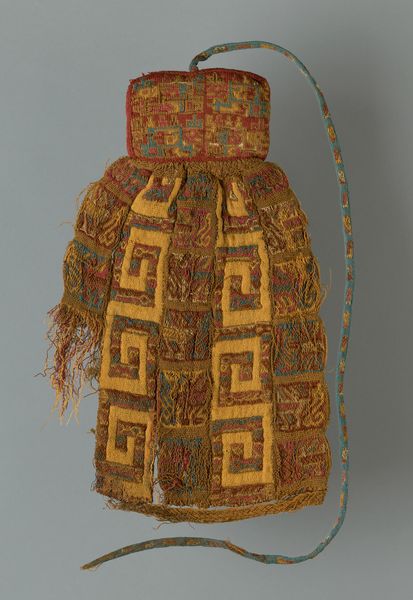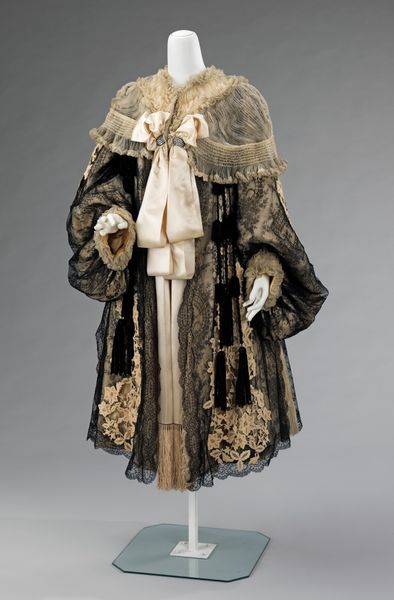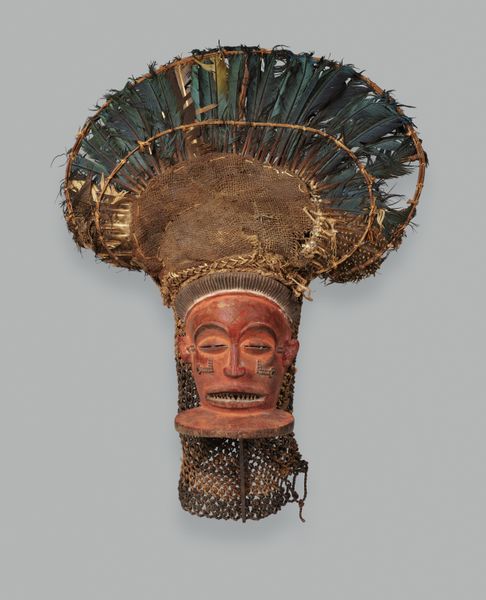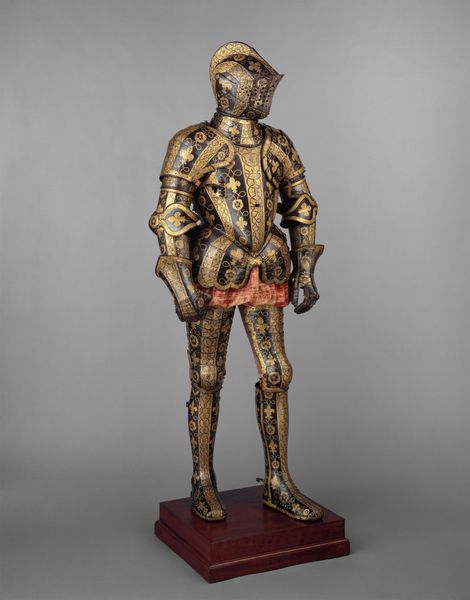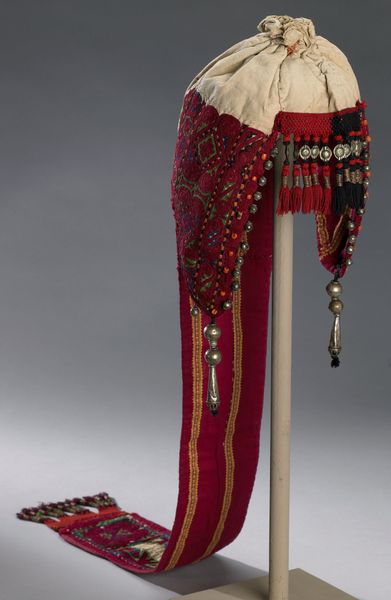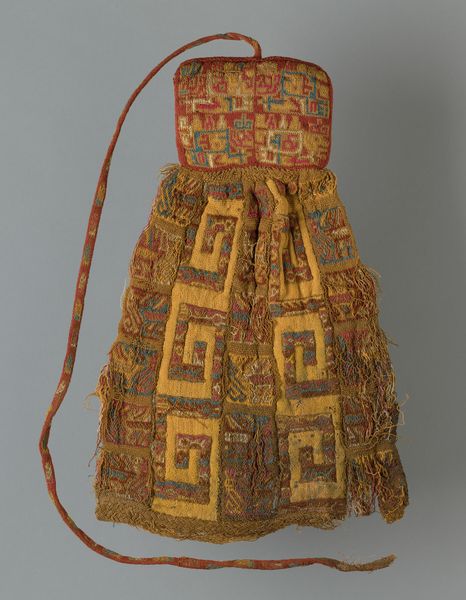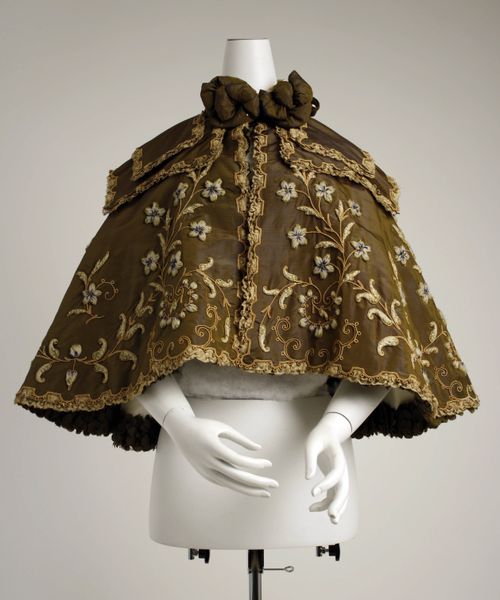
metal, gold, sculpture
#
neoclacissism
#
metal
#
gold
#
historical fashion
#
sculpture
#
france
#
costume
#
history-painting
#
armor
Dimensions: Helmet, 15 3/4 x 7 11/16 x 13 3/4 in. (40 x 19.5 x 35 cm); Armor, 26 3/4 x 22 7/16 x 11 in. (68 x 57 x 28 cm); Sword L., 31 7/8 in. (81 cm)
Copyright: Public Domain
Curator: Looking at this, the overwhelming impression is theatre! This *Costume Armor and Sword in the Classical Style*, dating from 1763 to 1815, part of The Met collection, shouts pomp and circumstance. Editor: The ornamentation, yes! It’s less about utility, about actual war, and more a symbolic, Neoclassical confection of power. Notice how every surface teems with decoration, an almost excessive articulation of status. Curator: Excess that tells a story. To me, the sheer impracticality is the point! Imagine trying to actually fight in this… metal and gold, molded and embossed... it screams, "I am so important, I don't NEED to be practical!" The detail... griffins, leaves... even an eagle perched on the helmet like a golden exclamation point. It makes you think, who commissioned such a thing? For what occasion? Editor: Undoubtedly for display rather than the battlefield. Structurally, observe the composition of repeated motifs. The layering of patterns on the breastplate, the repeated laurel leaves in the skirt—it all emphasizes a sense of controlled, almost mathematically precise order. It is all about proportion and idealized form that is so characteristic of Neoclassicism. Curator: Idealized form... like history itself, repackaged and prettified! And the materials… the glint of gold, the cool gleam of polished metal, crafting this... what? This fantasy of a Roman Emperor. It’s more about mythmaking than documentation, though, right? Who would actually wear that helmet and feel ready for battle and not, I don't know, slightly ridiculous? Editor: Perhaps not the intent to induce ridicule, but more like to invite awe. Consider this as a material manifestation of Enlightenment ideals—a yearning for order and harmony achieved through deliberate design. Curator: You’re right of course… but it makes me think about the performance of power, the charade. What would it feel like to carry so much weight, physically and symbolically? It is quite heavy and it certainly leaves an impression! Editor: Indeed! As such it really shows how Neoclassicism reimagined antiquity. Curator: It leaves you with much to contemplate... Editor: Very much. A piece worth spending time to interpret!
Comments
No comments
Be the first to comment and join the conversation on the ultimate creative platform.
